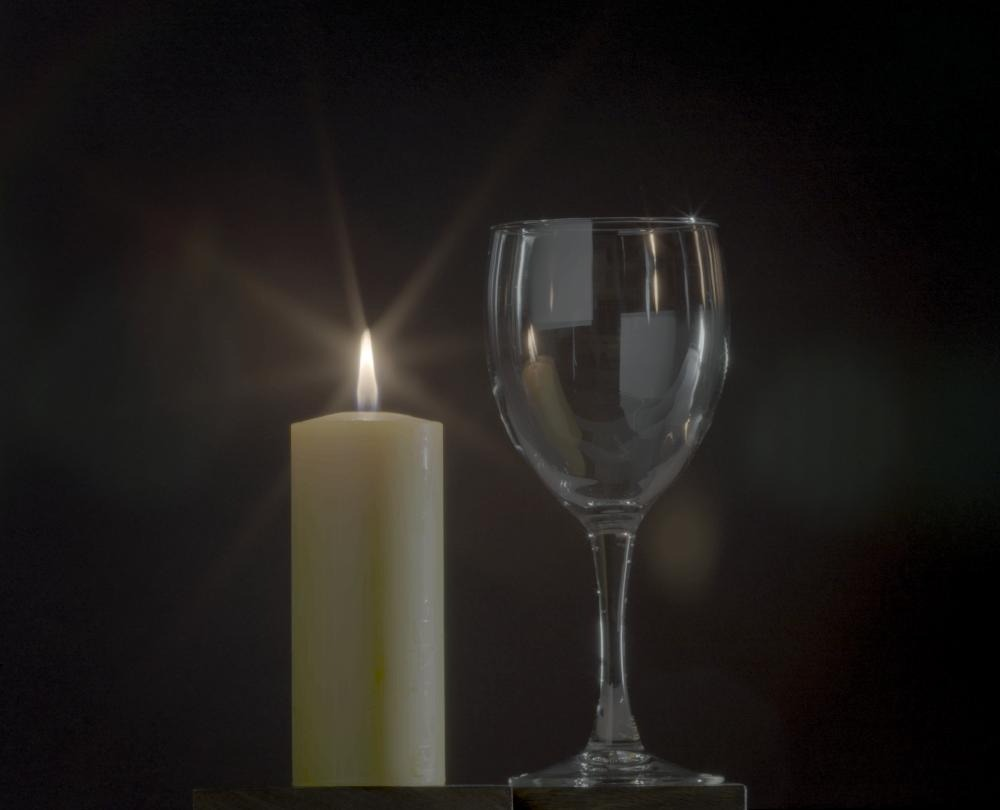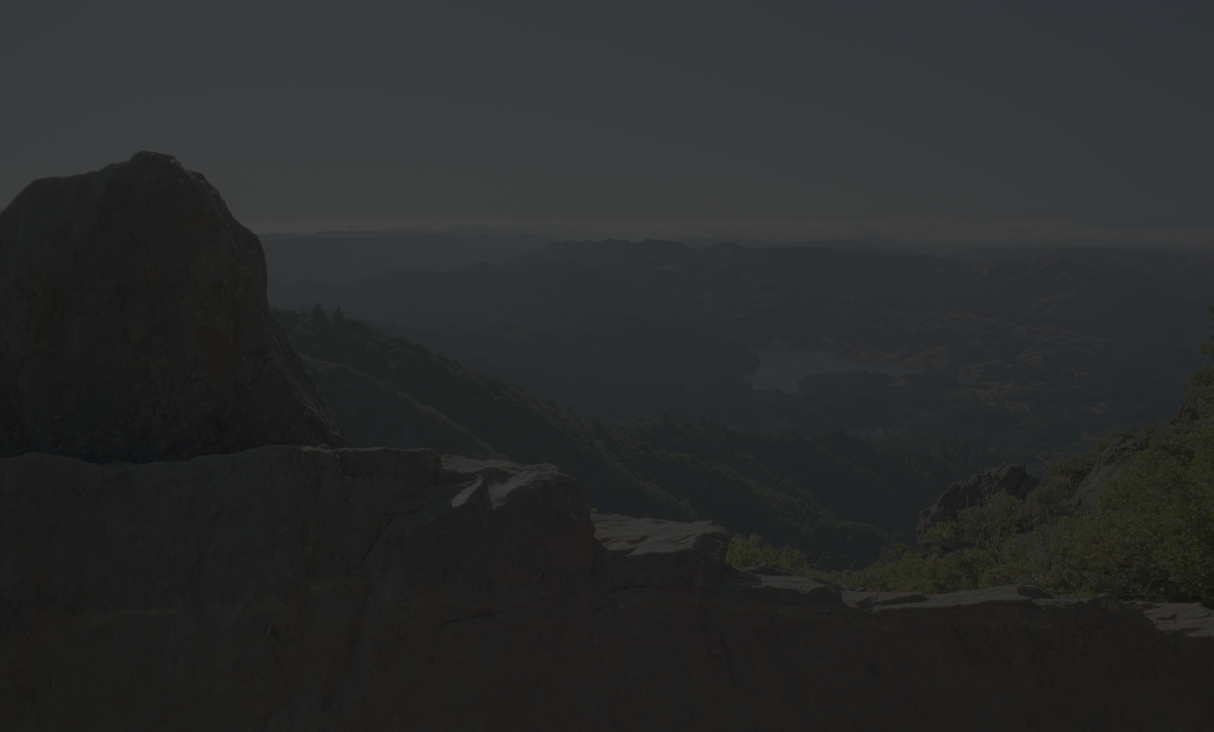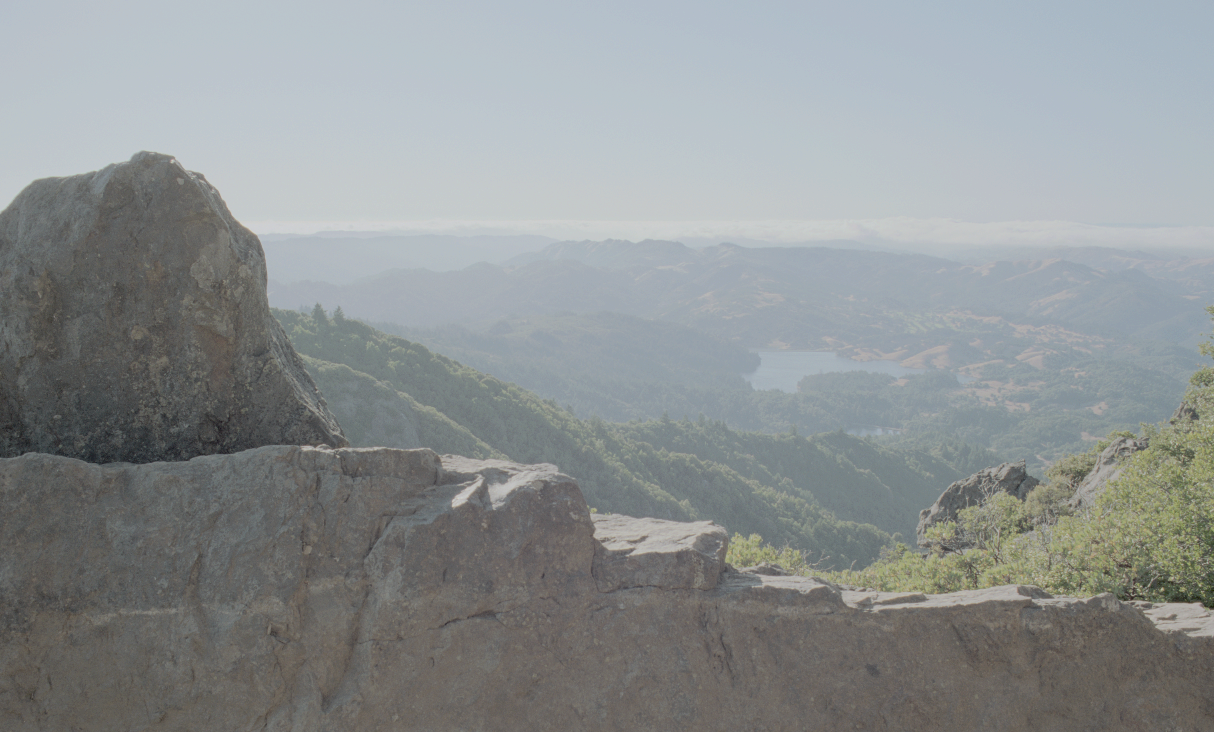- From: Richard Geldreich <rich@binomial.info>
- Date: Mon, 06 Nov 2023 17:50:45 +0000
- To: public-png@w3.org
- Message-ID: <CAMJqMURhm+qrvxtwTMgitt0aJH+JKHzQwHtBGY4SJHN+PYndug@mail.gmail.com>
Another option is to store the half-float values as 16-bit unsigned but rotated left one bit, so the half-float sign bit (which is typically 0, and is stored in the MSB or bit position #15) becomes the LSB (bit position #0). This is a lossless operation and could be quickly undone by half-float aware PNG readers. However legacy PNG readers would get a brighter and less noisy image if they only pay attention to the upper 8-bits. This gets 5-bits of the exponent and 3 bits for the mantissa (so 4 bits total because the leading '1' bit isn't explicitly stored). I really like this option. [image: image.png] On Mon, Nov 6, 2023 at 12:27 PM Richard Geldreich <rich@binomial.info> wrote: > Hi all, > *The one core strength of the PNG image format: predictable backwards > compatibility.* If we introduce a new Colour Type value (where #7="16-bit > half float RGBA" for example), *existing PNG decoders will fail to read > half-float PNG files*. Users will then perceive PNG as an unreliable > format, which is terrible for a standard file format (if not terminal). It > could take many years for developers to add proper half-float support, and > some old libs or software will never be updated. PNG currently works > everywhere and is very reliable. > > *Crucially, Jim Blinn said years ago > <https://stackoverflow.com/questions/75772363/why-does-the-integer-representation-of-a-floating-point-number-offer-a-piecewise>* > : "*If you only deal with positive numbers, the bit pattern of a floating > point number, interpreted as an integer, gives a piecewise linear > approximation to the logarithm function*". > > This holds true for positive half floats interpreted as unsigned 16-bit > values as well. Half floats > <https://en.wikipedia.org/wiki/Half-precision_floating-point_format> are > much like 32-bit floats, just with less mantissa/exponent bits. (This is > how the BC6H/ASTC HDR GPU texture formats work internally, BTW: the half > float values are manipulated and interpolated as 16-bit unsigned integers. > BC6H/ASTC encoders work in half-float space, which is an approximation of a > logarithmic space.) > > One true HDR PNG option is to store the half-float pixel values as plain > 16-bit/component PNG Truecolour images (Colour Type=2, Bit Depth=16), with > a special new ancillary chunk that hints to the reader software that it's > actually a half-float image and not unsigned. *But crucially, what will > loaded or displayed images look like when processed by legacy PNG software? > It turns out the results are surprisingly decent.* > > Some popular PNG readers (such as stb_image.h, and mine) load > 16-bit/component images by shifting each component right by 8 bits, to > return the uppermost 8-bits (so 24 or 32 bits total for RGB/RGBA) to the > caller. In half float space, this is approximately equivalent to > floor(log2(value)*scale/256.0). *It's a built-in global tone map > operator. *The upper 8-bits contain the sign (almost always positive, so > 0), the 5-bit exponent, and the upper 2-bits of the 10-bit mantissa. > > Here's an HDR example: *candle-glass.exr*, with a max float component > value of 413.25, converted to half float. I then extracted the high 8-bits > of these half floats to make plain 24-bit images for visualization. Here's > what the result looks like (and what a 16-bit half float PNG would look > like loaded with legacy software): > > [image: image.png] > > After a histogram stretch (using Paint Shop Pro): > [image: image.png] > > Alternatively, after a quick brightness/contrast adjustment: > [image: image.png] > > This is a very simple/crude global tone map operator. The user can still > load the image with old software, they will just have to adjust the > brightness/contrast, which is probably fine for a true HDR PNG image loaded > with legacy software. > > Another example (MtTamWest.exr): > > [image: image.png] > > After quick brightness/contrast adjustment: > > [image: image.png] >
Attachments
- image/png attachment: image.png

- image/png attachment: 02-image.png

- image/png attachment: 03-image.png

- image/png attachment: 04-image.png

- image/png attachment: 05-image.png

- image/png attachment: 06-image.png

Received on Tuesday, 7 November 2023 03:37:39 UTC